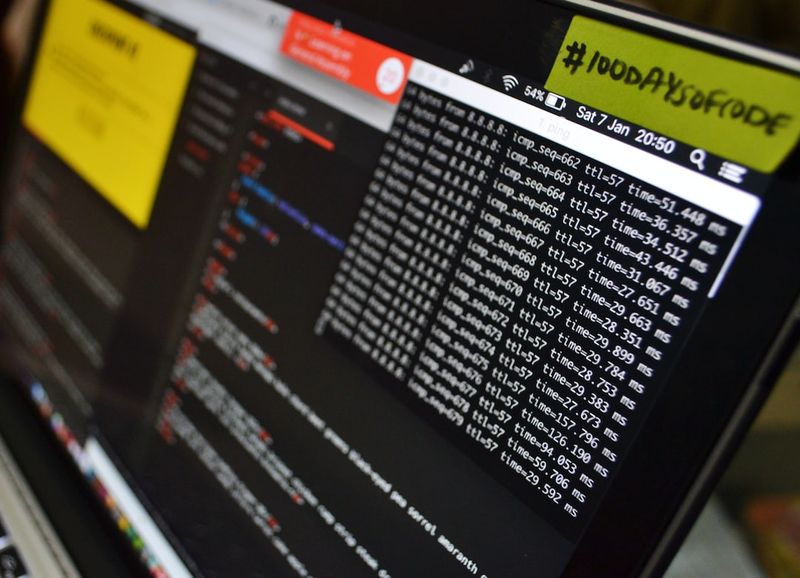Cybercrime Cleaning Products Giant Clorox Takes Systems Offline Following Cyberattack
The Clorox Company, a leading manufacturer and marketer of cleaning products, has recently become the victim of a cyberattack. In response to the attack, Clorox has taken certain systems offline and is working to implement additional security measures to protect against future incidents.
Immediate Response to Unusual Activity
Clorox identified unusual activity on their IT systems and promptly took action to stop the activity and shut down affected systems. The company has described the attack as an ongoing investigation in its early stages. At this point, Clorox has not revealed the specifics of the attack or whether any data was compromised. Their team is diligently working to restore systems safely and quickly and will continue to update suppliers and customers as necessary.
The Impact on Operations
As a result of the attack, Clorox has experienced temporary impairment in some of its operations. The company has implemented workarounds to enable offline operations and continue servicing customers, but disruptions are expected to persist. The length of time needed to restore the impacted systems has not been disclosed.
Cooperation with Law Enforcement and Cybersecurity Experts
Clorox has notified law enforcement of the cyberattack and is actively working with third-party cybersecurity experts to investigate the incident and restore operations. By involving experts in the field, Clorox hopes to gain insight into the attack and prevent similar incidents in the future.
Clorox‘s Importance in the Market
Based in Oakland, California, Clorox is a major player in the cleaning products industry. The company sells both consumer and professional cleaning products under well-known brands such as Brita, Glad, Green Works Cleaning Products, Kingsford, Liquid-Plumr, Pine-Sol, and Tilex. With a presence in over 100 countries and locations in 25 countries and territories, Clorox‘s operations are widespread.
Analysis
This recent cyberattack on Clorox highlights the increasing threats faced by major corporations across various industries. Cybercriminals are becoming more sophisticated in their techniques, making it essential for companies to invest in robust cybersecurity measures.
The Need for Strong Internet Security
Cybersecurity should be a top priority for any organization that relies on technology for its operations. Attacks on critical infrastructure, intellectual property theft, and disruptions in service can have severe consequences for businesses and their customers. It is crucial for companies to regularly update and patch their systems, use strong encryption, implement access controls, and conduct thorough risk assessments.
The Cybersecurity Landscape
The Clorox cyberattack is just one example of the constant barrage of threats faced by organizations worldwide. Ransomware attacks, where hackers encrypt data and demand payment for its release, have become increasingly prevalent. These attacks can have a significant financial impact on companies, as they may lose access to critical data and face operational downtime.
Furthermore, the motives behind cyberattacks can vary widely. Some attackers aim to obtain sensitive information for financial gain, while others may seek to disrupt political or social institutions. Regardless of the motivation, the consequences can be devastating for the victims and the customers they serve.
Editorial
The Clorox cyberattack serves as a reminder that no company is immune to cyber threats. Organizations must prioritize cybersecurity as an ongoing effort rather than a reactive response. Investing in strong cybersecurity measures and adhering to best practices is essential for both the company’s reputation and the protection of customer data.
Educating Employees
One crucial aspect of cybersecurity is employee education. Companies should provide comprehensive training to employees on cybersecurity best practices, such as recognizing phishing attempts, using secure passwords, and safeguarding sensitive data. By empowering employees with knowledge, organizations can build a stronger defense against cyberattacks.
Collaboration and Information Sharing
The fight against cybercrime cannot be fought in isolation. Companies should actively collaborate with law enforcement agencies, cybersecurity experts, and other organizations in their industry to share information and best practices. By working together, the industry can better respond to emerging threats and develop stronger countermeasures.
Government Involvement
The Clorox cyberattack underscores the need for government involvement in addressing cybersecurity challenges. Governments should enact legislation and regulations to ensure that companies take responsible and proactive steps to protect themselves and their customers. Additionally, governments should allocate resources to support cybersecurity research and development, educate the public on best practices, and prosecute cybercriminals to deter future attacks.
Advice
In light of the Clorox cyberattack, it is essential for companies to assess their cybersecurity posture and take immediate action to mitigate risks. Here are some recommendations:
1. Conduct a Risk Assessment:
Identify and prioritize potential vulnerabilities in your systems. By identifying weaknesses, you can take steps to strengthen them and minimize the risk of a successful cyber attack.
2. Implement Strong Security Measures:
Utilize firewalls, intrusion detection and prevention systems, secure access controls, and encryption techniques. Regularly update your systems and software to guard against known vulnerabilities.
3. Educate Employees:
Train your employees on cybersecurity best practices, such as recognizing phishing attempts, using strong passwords, and reporting suspicious activities. Create a culture of cybersecurity awareness throughout your organization.
4. Develop an Incident Response Plan:
Prepare for a potential cyber attack by developing a detailed incident response plan. This plan should outline the steps to take in the event of a breach, including communication protocols, data backup procedures, and contact information for law enforcement and cybersecurity experts.
5. Collaborate with Peers:
Engage with other organizations in your industry to share information and best practices. Collaboration can enhance your collective defense against cyber threats and provide valuable insights into emerging attack vectors.
6. Stay Informed:
Stay updated on the latest cybersecurity threats and trends. Subscribing to reputable cybersecurity news sources and participating in industry forums can help you stay one step ahead of cybercriminals.
Conclusion
The Clorox cyberattack serves as a stark reminder of the ever-present cyber threats faced by businesses of all sizes. By prioritizing cybersecurity, investing in robust defense mechanisms, and fostering collaboration, companies can better protect themselves and their customers from cybercriminals seeking to exploit vulnerabilities.

<< photo by Markus Spiske >>
The image is for illustrative purposes only and does not depict the actual situation.
You might want to read !
- The Cyber Battle for Credentials: Exploring the State of Credential Theft in 2023
- Hiding in Plain Collaboration: How Hackers Utilize Slack and Trello to Deploy Malware
- Exploring the Synergy of edX and Drake State: Pioneering a Free Training Program
- Exploring the Fragilities of PowerShell Gallery: Unveiling the Risks of Supply Chain Attacks
- Google’s Chrome 116 Release: Patching 26 Vulnerabilities to Bolster Security




